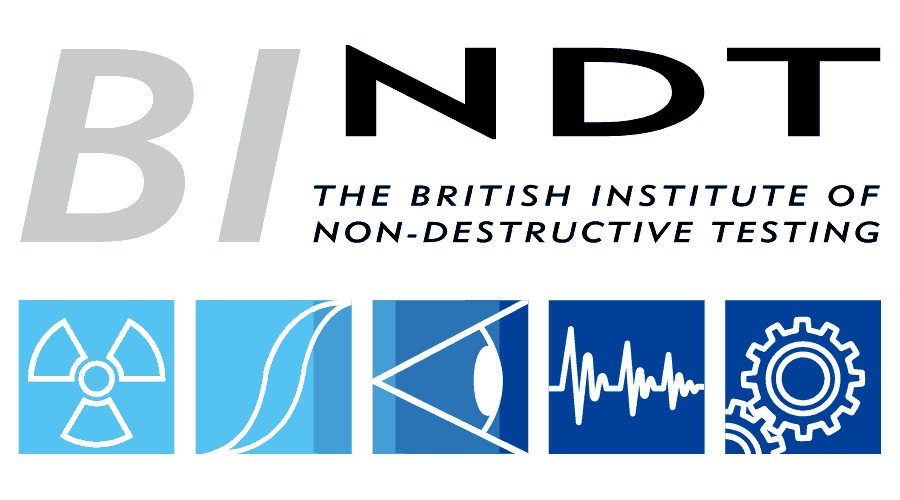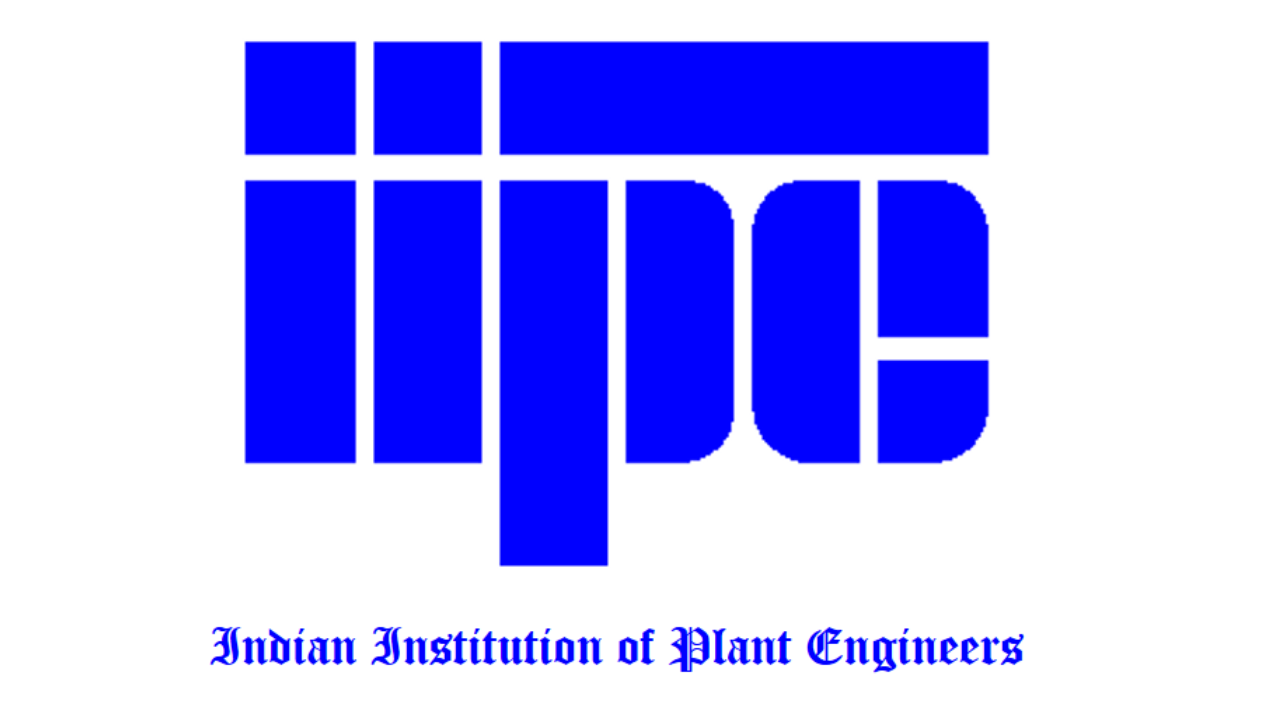Efficient heat transfer is critical for static machinery operations in industrial sectors such as oil & gas, petrochemicals, and power generation. However, fouling and scaling significantly degrade thermal performance, leading to increased energy consumption, reduced equipment lifespan, and costly downtime. Understanding the impact of these issues and implementing effective mitigation strategies is essential to maintaining optimal operational efficiency.
Understanding Fouling and Scaling in Heat Exchangers
Fouling refers to the accumulation of unwanted material on heat transfer surfaces, including particulate deposits, biological growth, and chemical precipitates. Scaling, a specific type of fouling, results from the precipitation of dissolved minerals, such as calcium carbonate and silica, forming hard layers that impede thermal conductivity.
Common types of fouling include:
- Particulate Fouling – Deposition of suspended solids from process fluids.
- Biological Fouling – Growth of microorganisms, leading to biofilm formation.
- Chemical Fouling – Precipitation of dissolved salts forming hard scale deposits.
- Corrosion Fouling – Oxide layer formation due to metal surface degradation.
These deposits act as thermal insulators, reducing heat exchanger effectiveness and increasing the required energy input for maintaining process temperatures.
Impact on Heat Transfer Efficiency
The presence of fouling and scaling significantly reduces heat exchanger performance due to:
- Lower Heat Transfer Coefficients – Deposits create resistance to heat flow, diminishing thermal efficiency.
- Increased Pressure Drop – Restricted flow paths elevate system resistance, requiring higher pump energy.
- Reduced Throughput – Flow restriction and efficiency loss lead to process disruptions.
- Higher Fuel and Energy Costs – Increased thermal resistance results in excess energy consumption.
In refineries and chemical plants, even a 1 mm layer of scale can reduce heat exchanger efficiency by 10-20%, translating to substantial energy losses and increased CO₂ emissions.
Mitigation Strategies and Prevention Techniques
To counteract fouling and scaling, industries implement proactive maintenance and mitigation strategies, including:
- Chemical Treatment – Anti-scalants and dispersants to prevent mineral deposition.
- Mechanical Cleaning – High-pressure jetting, pigging, and abrasive cleaning techniques.
- Filtration & Pre-Treatment – Removing suspended solids and scaling precursors from process fluids.
- Surface Modifications – Hydrophobic and anti-fouling coatings to minimize deposition.
- Automated Monitoring & Predictive Maintenance – AI-driven analytics and IoT sensors for real-time fouling detection.
By integrating these approaches, industries can maintain optimal heat exchanger performance, reduce downtime, and extend equipment longevity.
Fouling and scaling remain major challenges in static machinery heat transfer applications. Addressing these issues through advanced monitoring, chemical treatments, and optimized maintenance ensures efficiency, reliability, and sustainability. As industries shift towards predictive analytics and automated cleaning technologies, mitigating fouling-related inefficiencies will be key to reducing operational costs and enhancing process performance.








